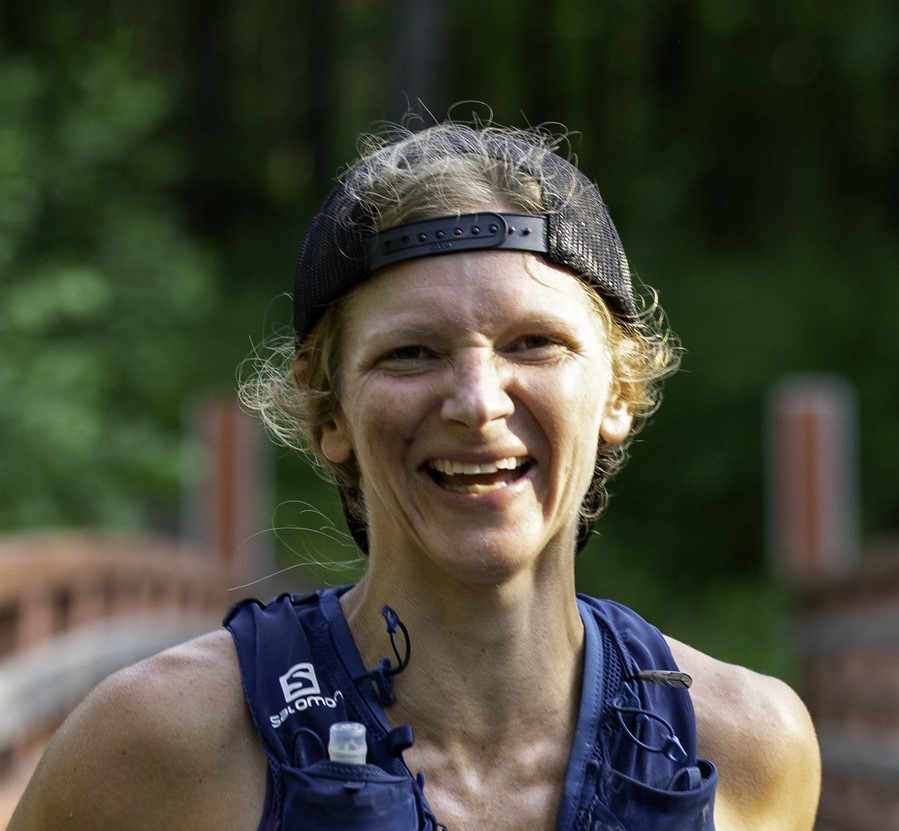Seize the moment to start running. Winter excuses are in the rearview, and the promise of better weather makes it easier to get started. But to better anticipate pitfalls and help ensure success, we asked area coaches for advice on what to expect and managing expectations.
Buy just a little new gear.
“Start in new shoes,” said Jacqueline Sommer, a marathoner and St. Louis-based coach with Team RunRun, an online service. “Any of the local running stores will take the time to talk with you, check your stride, and suggest a pair of shoes tailored to you.”
She also suggested a high-impact sports bra for women.
Mark Spewak of Spewak Training, also in St. Louis, advocates adding a smart watch or fitness tracker as well as an anti-chafing balm (such as Body Glide).
Ease into running. But commit to the program.
Spewak says it can be trickier for someone returning to running after a long hiatus than for a first timer. “I want them to know it’s great to start again, but we’re not going to run every day.”
Ask yourself how active you’ve been in the past eight weeks, Sommer says. “If you’ve done nothing, start there,” which mean two or three intervals of 5 to 10 minutes of walking, followed by running for as little as 30 seconds.

Mark Spewak of Spewak Training.
Both coaches recommend movement every day, starting with two to three days of running/walking a week and alternating with other exercise. Sommer integrates yoga; Spewak alternates biking or walking the dog.
“I love working in minutes, as opposed to distance,” Spewak said, usually starting with 20 to 30 minutes of movement daily.
Sommer suggests using the same calendar to schedule workouts as you do for doctor appointments, meetings, and kids’ soccer practices. If the workout is early in the morning, she advises laying out clothes the night before.
“To some people it might seem boring,” she said. “But it’s important to realize that you have to set a routine to make your workouts a part of your life.”
Think about form. A little.
“I try not to [go overboard] about form because everyone has their own way to move comfortably,” Spewak said. “But what’s most efficient is head up, look forward, arms at 90 degrees. We tell kids to imagine they’re holding an ice cream cone in each hand.”
Works for adults, too.
Another consideration is foot strike. Runners hit the ground either on their heels, near their toes, or somewhere in between. Though most people strike with their heels first, none is wrong.
Spewak notes, however, that excessive pounding on the heels can be a sign of overstriding and may lead to injury. “Even elite runners strike on their heels, but it’s very brief,” he said. “We give runners drills to help them.”
Get comfortable with your breathing.
Though inhaling and exhaling through the mouth is more efficient at high exertion levels than nose breathing, comfort is key.
Many runners develop a pattern of inhaling for two foot strikes and exhaling for two foot strikes. Others breathe in for three steps and exhale for three steps.
The pattern isn’t nearly as important as the exertion level. For at least the first month, Sommer encourages “comfy pace only, when you can chit chat without losing your breath.”
It’s going to hurt at first.
“The hardest thing about running is it doesn’t feel great,” Spewak said, “but I don’t want to tell runners to just suck it up.”
Expect soreness in muscles that haven’t been used and around the lower back, hips, and knees. Signs that it’s best to dial back and consult a doctor or therapist are if the pain:
- Begins after a specific movement
- Is accompanied by swelling or bruising
- Lingers beyond four or five days
Try to be flexible.
In addition to the physical flexibility afforded by warmup stretching, we’re talking big picture.
Spewak and Sommer create 6- to 20-week training plans but share them with clients one week at a time, to adjust for setbacks and improvement.

Jacqueline Sommer of Team RunRun.
“It helps to focus on small bits and goals.” Sommer said.
So, if you use a couch-to-5K program from one of the websites, consider the workouts to be suggestions rather than hard-and-fast rules.
Motivation will wane. That’s OK.
Some people focus on numbers and take inspiration from hitting goals, such as 3 miles at a 10-minute pace, or a target heart rate. Others are intimidated or lose impetus if they fall short.
If you’re in the second group, Sommer suggests focusing on narrative and effort-based training. “I talk about how you should feel,” she said. “Run without a watch, turn it around, or cover it up, so you don’t fixate.”
Both coaches believe every runner benefits from group runs because they offer camaraderie and accountability. You’re more likely to show up if you know someone is waiting for you.
Sommer also encourages runners to focus on short-term goals. “Sometimes it helps to forget about the 5K that’s weeks away and focus on the cup of coffee that’s waiting for you,” she said.
Spewak adds: “A lot of people think they’re not a runner unless they run a marathon. There’s no one way to be a runner. It’s about bettering mental and physical health. Pat yourself on the back for starting and getting better.”


Leave A Comment